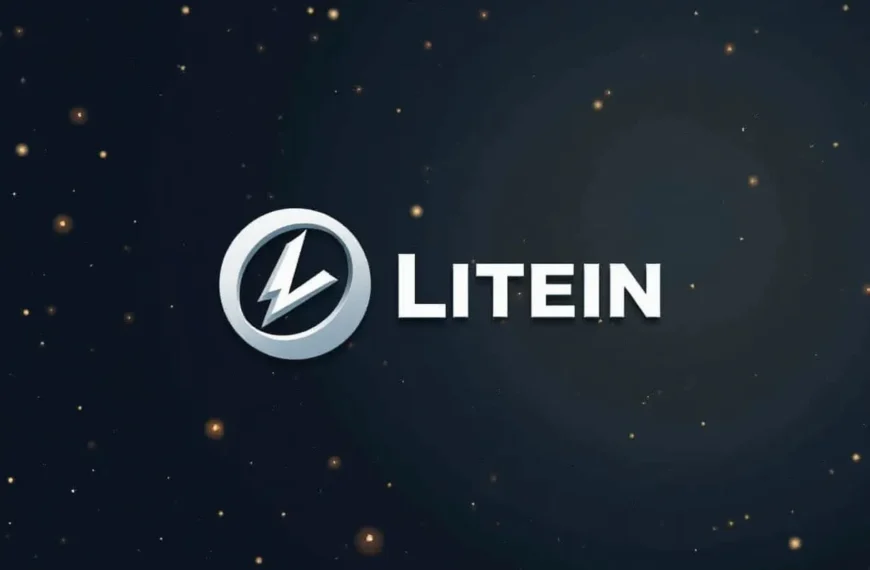SEC Dismisses Helium Case, Marking End of Gensler’s Tenure
The cryptocurrency landscape has been a whirlwind of regulatory scrutiny and legal battles, particularly under the leadership of Gary Gensler at the U.S. Securities and Exchange Commission (SEC). One of the most notable cases during his tenure was the Helium case, which recently saw a significant development: the SEC has officially dismissed the case against Helium. This decision not only marks a pivotal moment for the Helium Network but also signifies a notable conclusion to Gensler’s controversial tenure at the SEC.
The Helium Network: A Brief Overview
Before delving into the implications of the SEC’s decision, it’s essential to understand what the Helium Network is and why it attracted regulatory attention.
Helium is a decentralized wireless network that aims to enable low-power Internet of Things (IoT) devices to communicate with one another. Using a unique consensus mechanism known as Proof-of-Coverage, Helium incentivizes individuals to deploy Hotspots that provide network coverage, allowing them to earn HNT tokens in return. This innovative approach to wireless communication has garnered significant interest within the tech and crypto communities.
The SEC’s Interest in Helium
The SEC’s scrutiny of Helium stemmed from concerns regarding whether its HNT tokens could be classified as securities under U.S. law. This classification would mean that Helium and its operators were subject to stringent regulatory requirements, including registration and compliance with securities laws. The case drew attention not only for its implications for Helium but also for the broader cryptocurrency industry, as it highlighted the regulatory challenges that many projects face.
Key Developments Leading to Dismissal
The recent dismissal of the Helium case is the result of several factors that unfolded during Gensler’s tenure. Some of the key developments include:
Implications of the Dismissal
The dismissal of the Helium case carries significant implications for both the Helium Network and the broader cryptocurrency sector:
Looking Ahead: The Future of Helium and Cryptocurrency Regulation
As Helium moves forward, it will likely continue to expand its network and enhance its offerings. The dismissal of the SEC case provides a clearer path for growth and innovation. However, the regulatory environment for cryptocurrency remains fluid.
Key considerations for the future include:
Conclusion
The SEC’s dismissal of the Helium case marks a significant moment not just for Helium but for the entire cryptocurrency ecosystem. As Gary Gensler’s tenure as SEC chair draws to a close, this decision reflects a potential shift in the regulatory approach towards cryptocurrencies, particularly utility tokens.
The future holds both challenges and opportunities, as the cryptocurrency landscape continues to evolve. With the right balance between innovation and regulation, projects like Helium can thrive, contributing to a more decentralized and interconnected world. As we navigate this exciting terrain, stakeholders must remain vigilant, adaptable, and proactive in shaping the future of cryptocurrency regulation.






